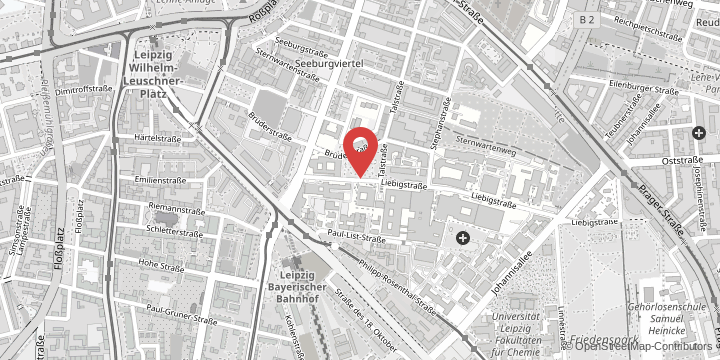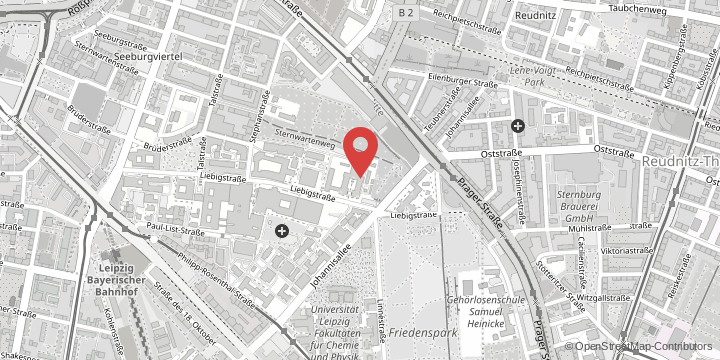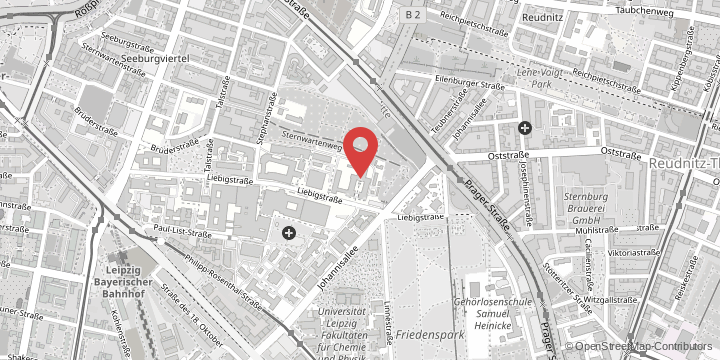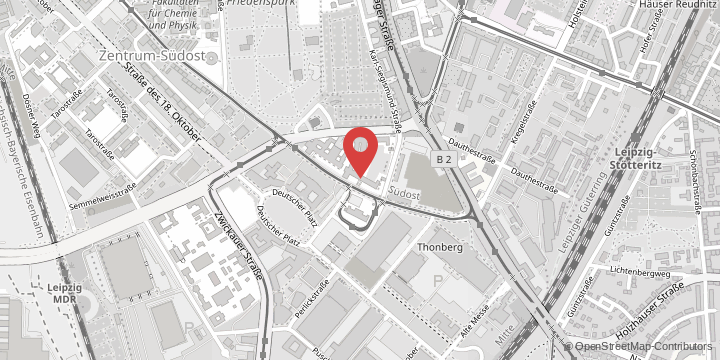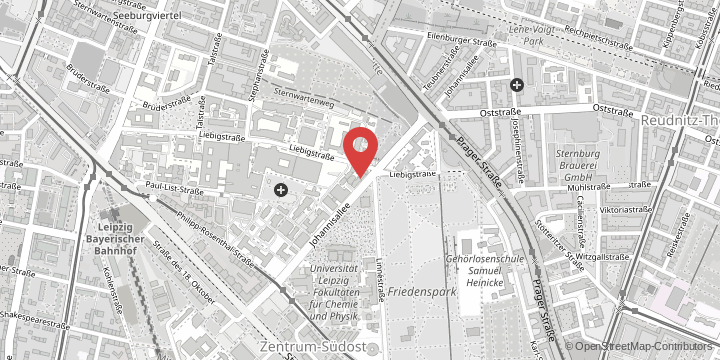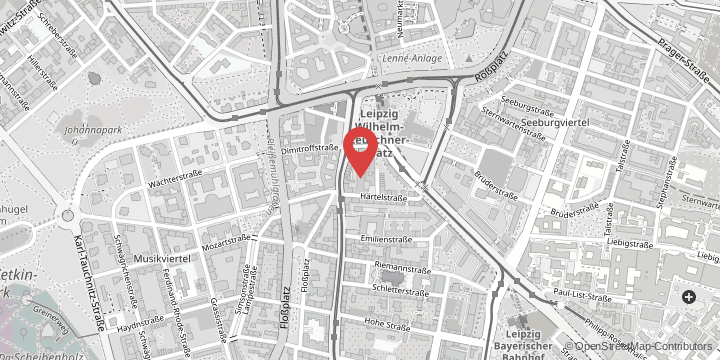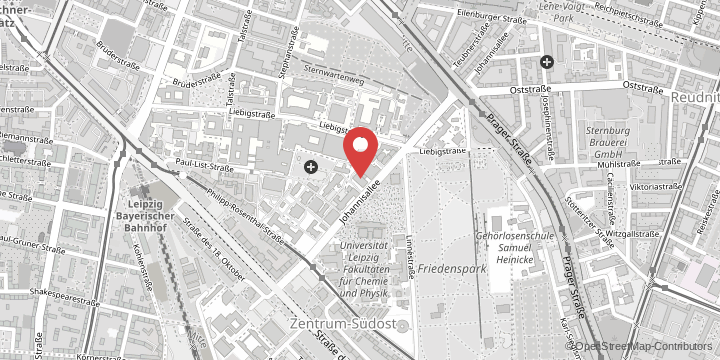Transferring science into practice - hasn't the topic been discussed enough already? The simple answer to this somewhat flippant question is: No! With these clear words, project leader Vanessa-Isabelle Reinwand-Weiß introduced the second conference of the Witra-Kubi project.
Knowledge transfer is not only about making complex issues understandable, but also about adopting a different perspective. A change of perspective is one of the most fundamental characteristics of education.
It is also evident at this conference that participants from science and cultural arts education institutions are disproportionately represented. Participants from all over Germany and even from neighbouring German-speaking countries joined us this Monday. But where is the cultural practice? How can approaches be created that incorporate theory and practice equally in the development of cultural projects? That is precisely what this conference is about: Accesses to cultural arts education. What is needed for this, how it can work, and which hurdles have to be overcome.
Julia Alfandari and Ulaş Aktaş talk about their own experiences from their work in discrimination research. Aktaş emphasises above all the perspective of art, which increasingly sees itself subordinated to the compulsion to increase efficiency. Theory and practice are always dependent on each other and practice in particular benefits from the power of theory to counter practical experiences of discrimination.
He concretises this using the example of cultural and cultural arts education institutions, which are under pressure to legitimise themselves and are in a constant state of change. The economisation of all areas of life does not stop at art and culture and confronts them with the double challenge of overcoming these hurdles and at the same time constantly critically questioning themselves, constantly having to "digitally reinvent" themselves, so to speak. Particularly under the strain of the pandemic, it is sometimes the greatest challenge to get up the nerve to continue at all. Of course, this also limits the possibilities and capacities for commitment to others and is a problem that is not only experienced by the fields of art and culture.
And then follows Julia Alfandari's extremely impressive description of her own experiences with exclusion and prejudice, which she has already experienced several times in her work with young people. She works in educational projects that deal with the connection of Jewish knowledge and cultural arts education. Julia Alfandari's experience of working at a comprehensive school in Thuringia is moving, shocking and thought-provoking. It doesn't matter where in Germany Alfandari is working, she has had similar experiences in multicultural cities like Berlin.
She reports in a detached way, as only someone who must have had these experiences several times can, how she is confronted with her own Jewishness in a derogatory way by young people, many of whom come from right-wing households. The word 'Nazi' is not a swear word here, but rather a popular self-description. How 'common' such incidents are is proven not least by the lack of commitment and resistance on the part of the teaching staff - "You have to understand, many of the parents are simply right-wing". Examples like these show how difficult, but also how important Julia Alfandari's work is. She lets derogatory remarks bounce off her in order to make the students change their minds, or at least think about them. Un-learning is the top priority. For only by questioning set beliefs can change take place. These spaces of possibility for a change of perspective are called luminant spaces. Counter-narratives are created, for example, when adolescents reflect on their own idols' experiences of discrimination. That rapper Drake was bullied in his school days because of his dark skin colour and his Jewishness was something many of the students, and especially female students, who idolise the US star did not even know. Changing perspective means learning empathy, empathising, reflecting on one's own role and one's own experiences with injustice and exclusion. What is important here, however, as Alfandari clearly emphasises, is that people of the Jewish denomination are no longer forced into an exclusive victim role.
The programme continues. The participants come together in workshop groups. One of these workshops is led by Silke Ballath. She is a research assistant at the HBK Braunschweig and also an art mediator and head of the sideviews project. Different approaches to art and culture will be discussed - what event or object brought the participants to cultural arts education? How can access to cultural arts education be created when the institutional framework of participation is always externally determined? How to deal with the fact that almost all methods are only ever inclusive to a certain degree? After discussing these questions and agreeing that probably not all problems can be solved, but that digitisation is a help on the way, we move on to four different transfer tables that invite discussion with practitioners.
At the Transfetisch on the topic of diversity, the choreographer Modjgan Hashemian reports, among other things, on her work with young refugees without German language skills. They are often denied funding for dance training, for example. It is more important to "first complete training as a cleaner" instead of promoting the talents of a gifted dancer at a dance school. The lack of empathy is not only evident in such cases. Hashemian criticises the fact that it is not uncommon for concepts for cultural projects that are also supposed to appeal to people with migration histories to be designed by people who have no contact with people with migration histories. One participant recalls Carmen Mörsch, who calls this involvement and management of projects by groups affected by them "Not about us without us". But Hashemian not only calls for renewal in the appointment of selection committees, she also recommends the implementation of dance in school curricula, where artistic education is often limited to visual or performing arts. It is important to create freedom instead of forcing young people into pre-formed structures. Speaking of pre-formed structures, the increasing pressure to innovate and the demand for efficiency in cultural projects restrict creative artists from pursuing paths with a certain openness to results that can only become visible through the free development of art. This "project-itis" often blocks the view of innovative and exciting projects, which, however, do not receive any financial support due to a lack of visibility and because the funding requirements are too detailed.
Thus, a broad consensus runs through the entire event: access to cultural arts education must not be shaped exclusively by those who are already at home in cultural arts education. Especially those who are often denied access must be more involved and actively participate. Increasingly digital structures can be a good support here to implement broad access opportunities.
___________________________________________________________________________________________________
Malin Nissen is a research assistant in the MetaKLuB project and works in the field of public relations, among other things.







